Style Legend Prince Charles Releases a Sustainable Clothing Collection
Earlier this year, photographs began circulating suggesting that His Royal Highness Prince Charles, the heir apparent to the British throne, wears just two coats—and has done so since approximately 1988. The idea was almost too much to bear. One of the global faces of privilege and power, a man with access to the best tailors in the world and a great amount of money to throw at them, has apparently survived for nearly three decades with only two pieces of outerwear: a camel-hair coat and a tweed coat from Anderson & Sheppard. Both are double-breasted, with peak lapels. They go with everything—even high-visibility vests.
While it’s the women of the royal family who tend to grab fashion headlines, this outerwear rotation told us something about Prince Charles’s values and lifelong passions, which include gardening, organic farming, and environmentally conscious urban planning. Sustainable fashion isn’t simply about materials; it is also about quality and personal style.
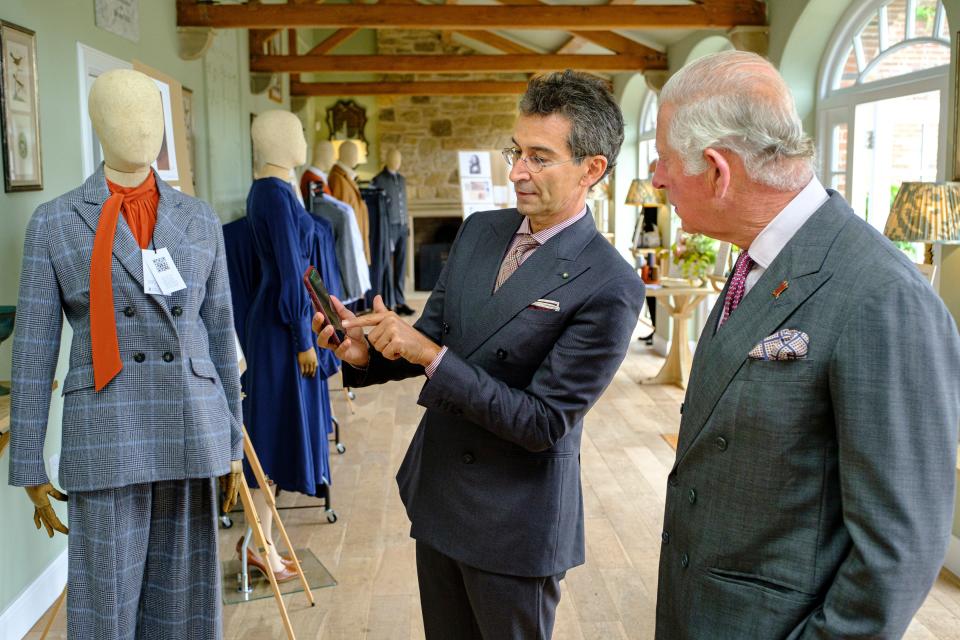
Now Prince Charles is turning his philosophy with something bigger: a fashion collection. His charity, the Prince’s Foundation, worked with Yoox Net-a-Porter (which also owns menswear outpost Mr Porter) to put together a group of students from Italy and the United Kingdom to create an 18-piece capsule of sustainable garments. The group comprises students from Italy’s Politecnico di Milano, one of the country’s leading design schools, and artisans working out of the Prince’s Foundation’s headquarters in Scotland, who have spent the past several months in an exchange about how best to apply newly learned knowledge of sustainable materials and traditional techniques. The project is called the Modern Artisan, and the pieces go on sale across Yoox's suite of e-commerce sites today.
Jacqueline Farrell, the education director of the Prince’s Foundation, said in a recent Zoom that the goal was to help the 10 participants become “aware that sewing is an art form and a craft in itself, and also to see that the amount of time spent making a garment isn’t two hours.” She added, “There’s a lot of commitment required to produce and teach that—and the time that goes into making something that is beautiful and heritage.” This is a long-standing goal of the Prince’s: At Dumfries House, the headquarters of the Foundation, Farrell oversees a textile training center that teaches bygone methods of making clothes.
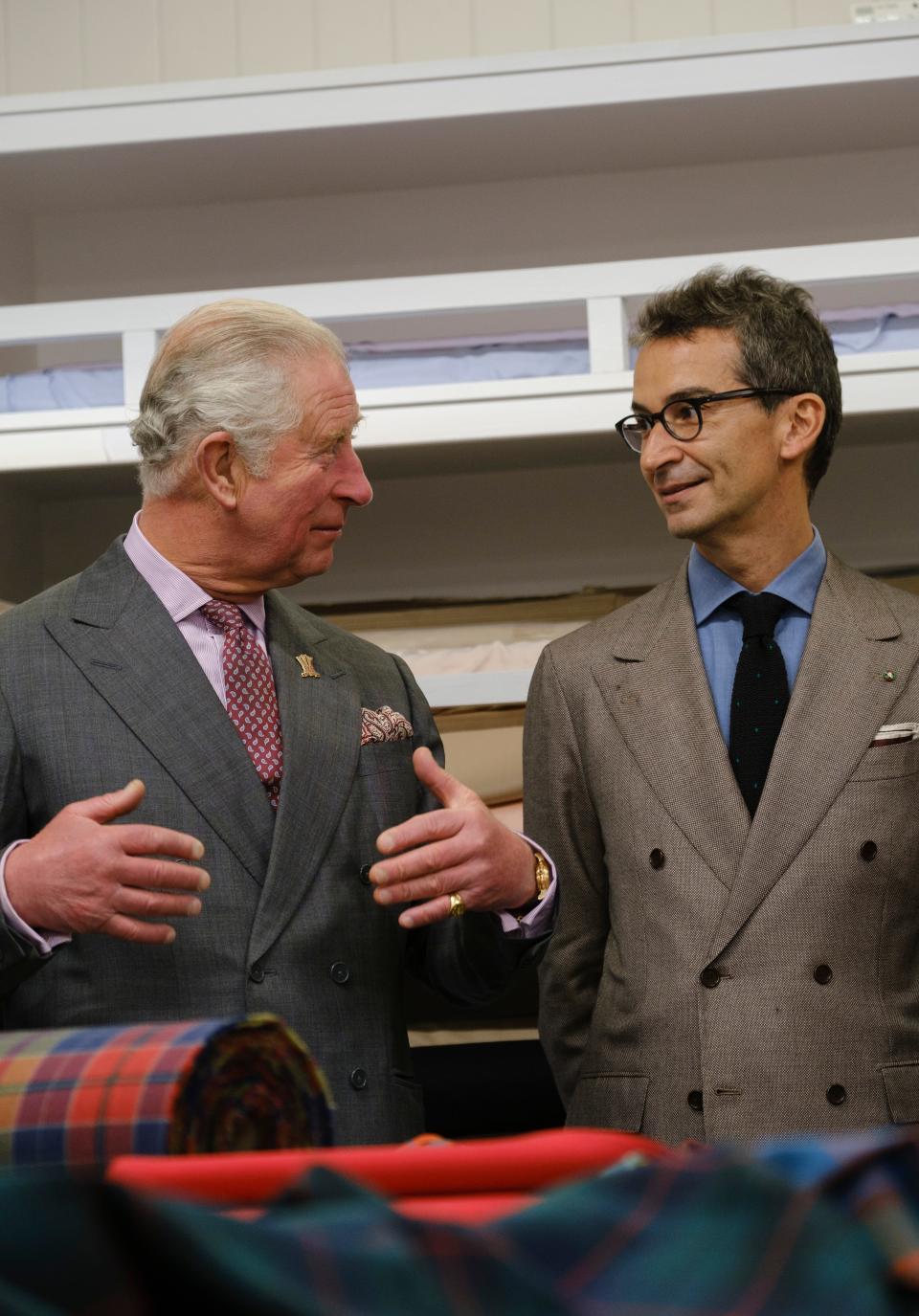
The eight menswear pieces, all designed in Italy and made in the United Kingdom, would look as good on Prince Charles as they would on any young hipster: a fancy-looking cashmere ivory rollneck sweater with a cable knit bib; a pair of wool navy trousers with a slightly exaggerated pleat; a snobbishly minimal bomber jacket made from gray donegal cashmere; a slim-fit shirt with mother-of-pearl buttons made from single-fiber organic cotton that makes it easy to recycle, and which comes in deskbound blue and spiffy white; a single-breasted wool and cashmere coat in a camel color, so you can feel like a prince; a grandpa-ish ribbed orange cardigan; and wool suiting pants—with a drawstring waist! (Edgy, for a Royal.)
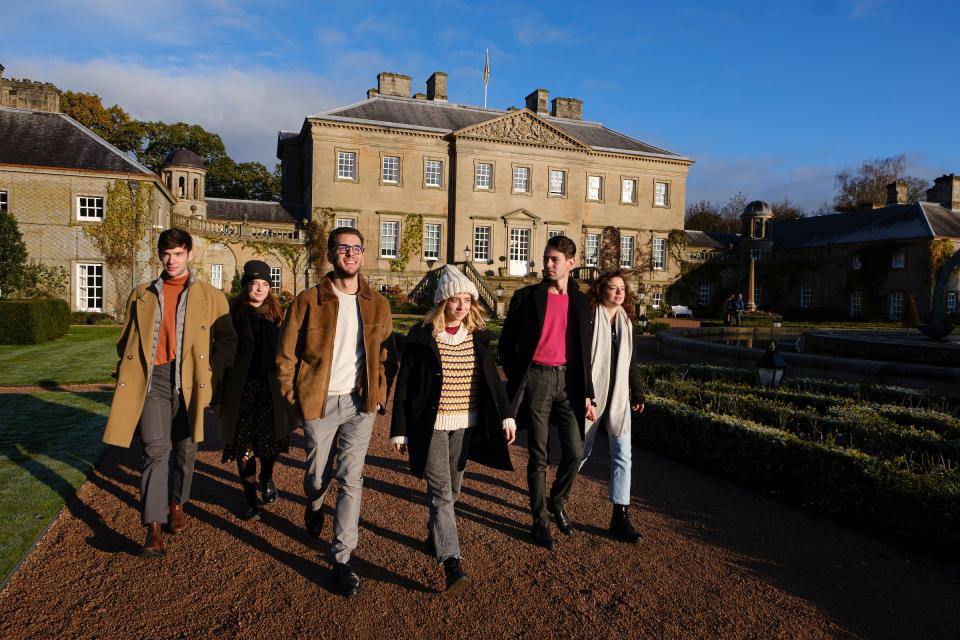
The drawstring is just one detail that was informed by data from the past five years of sales on sites in the YOOX Net-a-Porter group: that piece’s designer found a long-standing customer preference for that waistband style. The colors of the camel coat and navy trousers emerged from the data, as well. Though brands like Allbirds and Stitch Fix have boasted of using data, and even algorithms, to design and market clothes, Farrell said they approached the intel from a different angle. “We want to eliminate waste in the design,” she explains. “The design process was really refined. It won’t be one of those collections where something is almost right, but you wish they had made the hemline a little longer, you wish the sleeves were a little different, etcetera. The customer preferences for five years have informed the shape of every part of the garment, including the fabrics and the colors and the proportion.”
The prices are steep, ranging from £510 for the rollneck sweater, to £1250 for the bomber jacket. If that makes you balk, remember that the idea behind these clothes, of course, is that their pricetags reflect their quality. The argument is familiar from the food world: good stuff needs to cost more than we’ve been conditioned to believe. And the idea is especially urgent in the United Kingdom, where fast fashion is something of a national addiction.
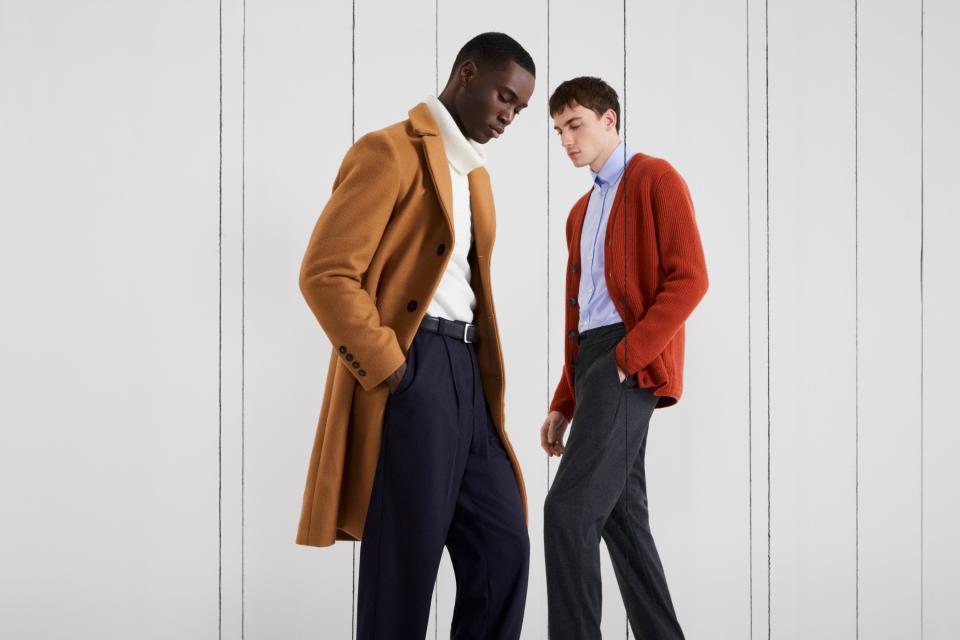
The goal with this project, Farrell says, is to get consumers to think about fashion the way they might already think about their meals: from farm (that’d be the design phase) to table (Prince Charles, or you, tying the drawstring in a neat little bow). “This is a way for an audience to understand the link between craftsmanship and sustainability, from the fiber to the actual sewing process to the finished garment,” she said. “I think for the consumers, [it may be] beautifully packaged, but no one really thinks about all the stages beforehand that align to get to that point.” The cashmere and wool come from the Scottish textiles firm Johnstons of Elgin, while the organic silk that lines several of the pieces come from Italy. The project prioritized natural and organic materials so that the pieces are compostable. And if fast fashion is often made in hours, even minutes, many of the pieces in this collection took days to make—the first time an artisan produced “the gent’s coat” (or the camel-colored single-breasted number), Farrell said, it might’ve take five days, but once you’ve honed your skills, it’s two to three.
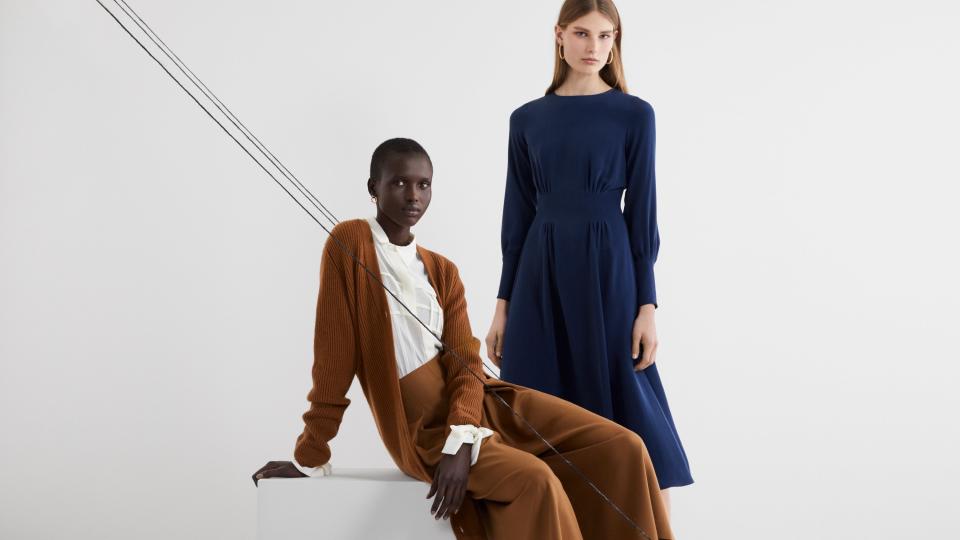
In a final touch intended to prolong the garments’ lives, each piece has a digital ID that shares the history of each product and its makers, and offers recommendations for care and mending. “We would like to see some of the outerwear pieces being passed on as well through generations,” said Farrell. “They are so beautifully, sensitively designed and well made that they should last and stand the test of time.” So the question isn’t merely, Will Charles wear it? But also: Will his grandson?
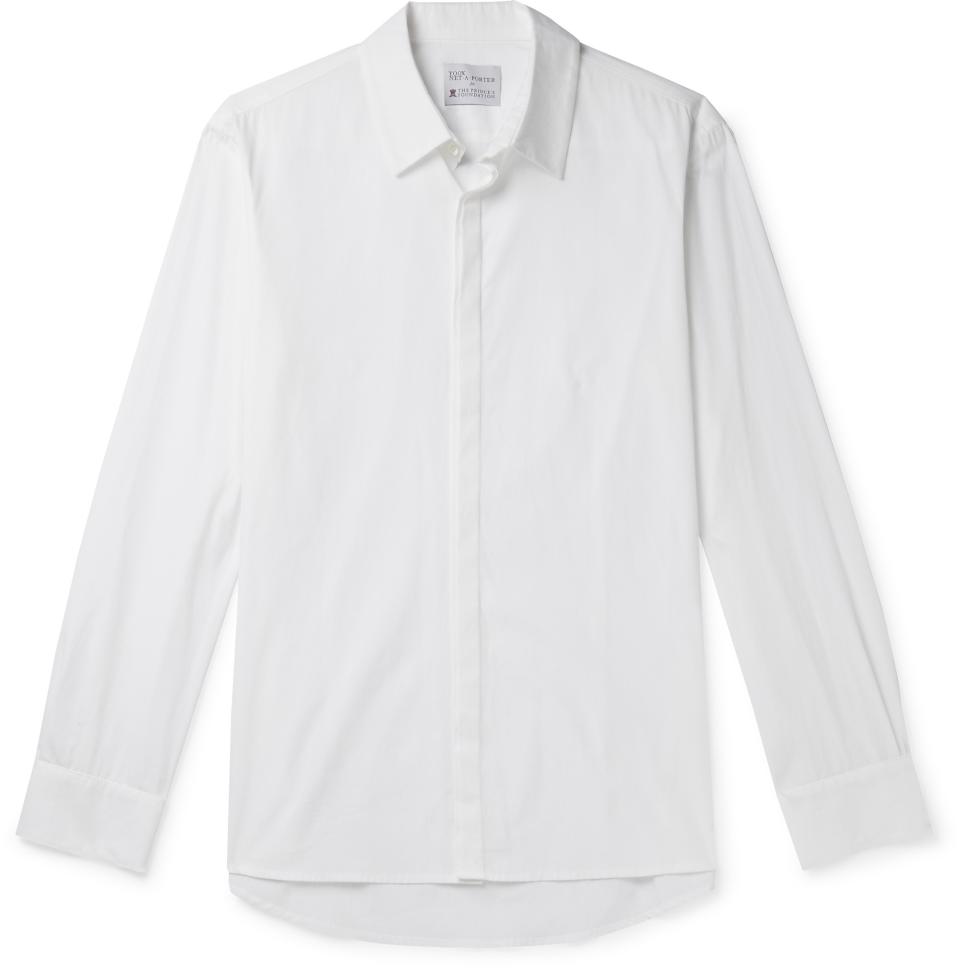
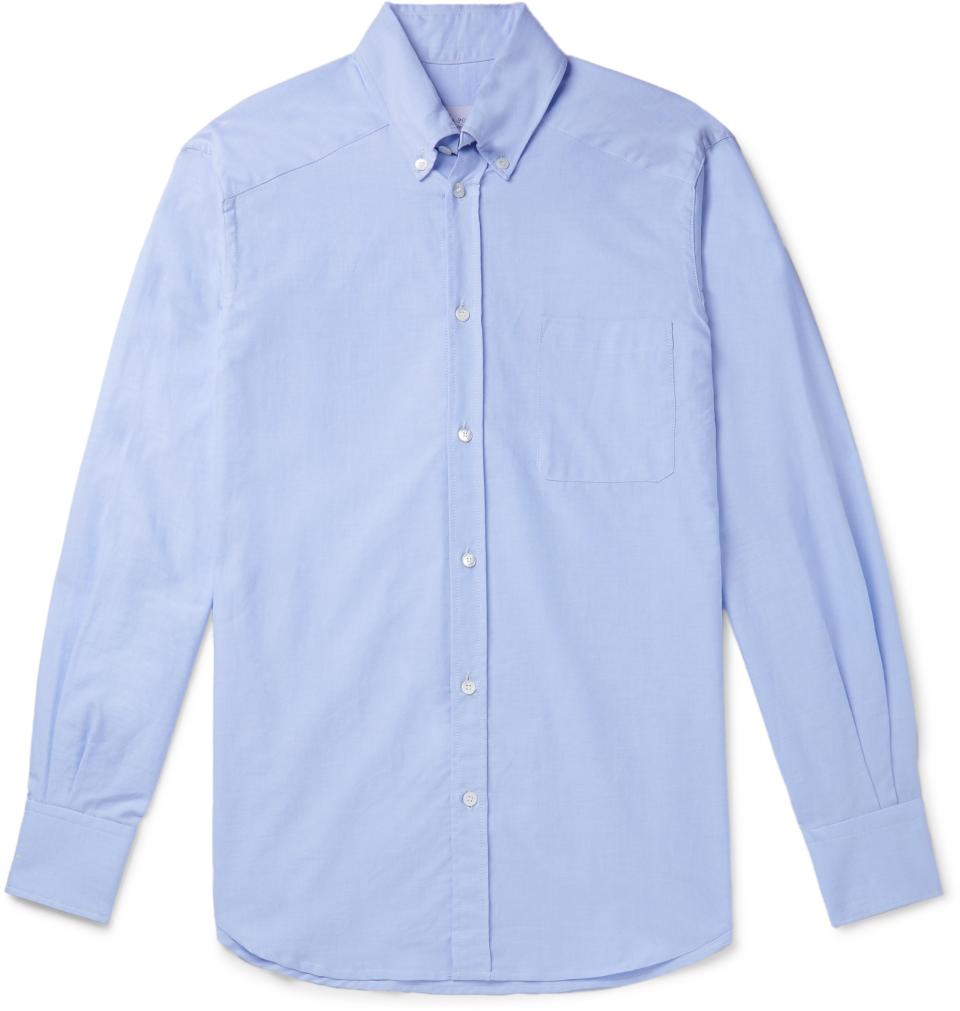
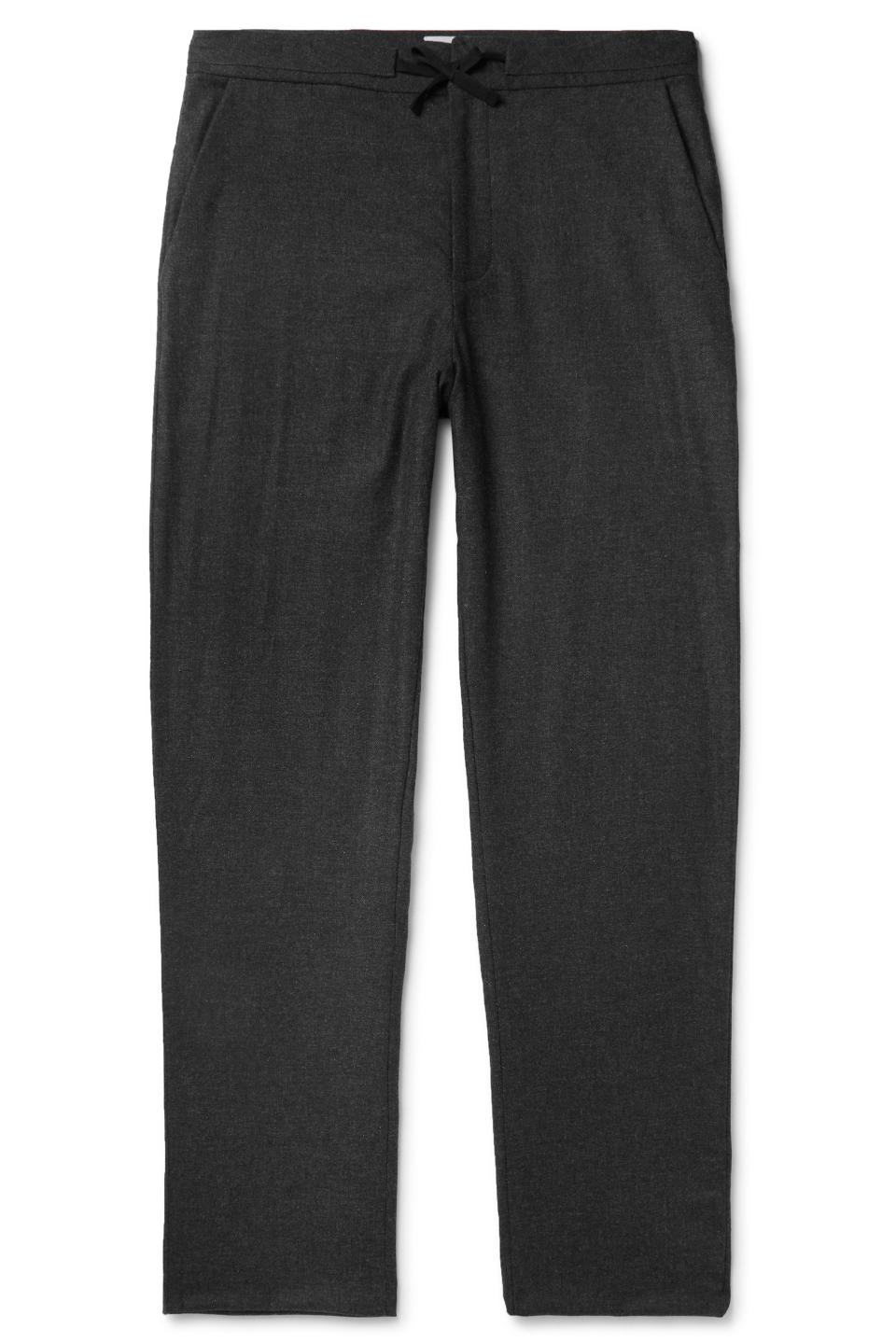
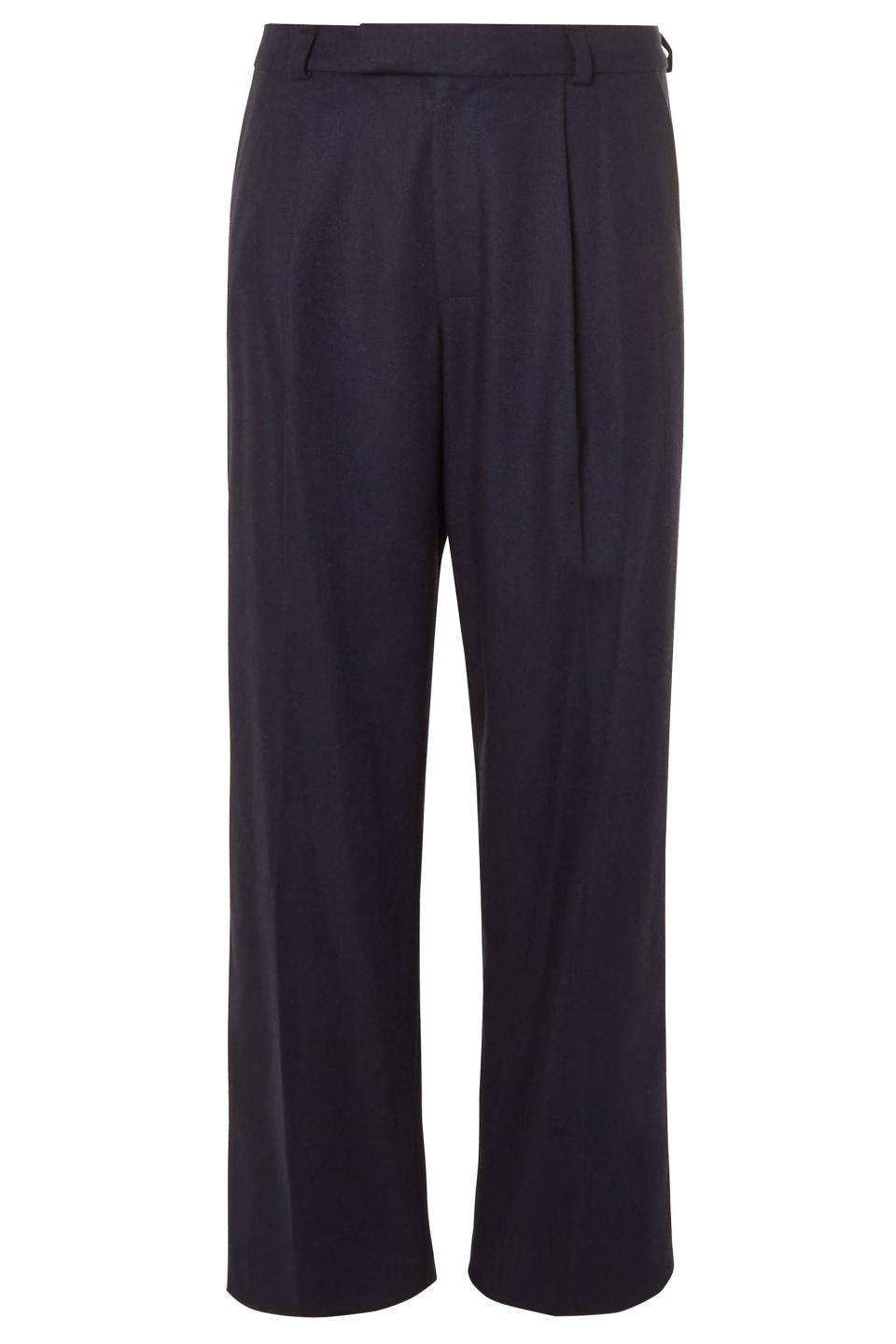
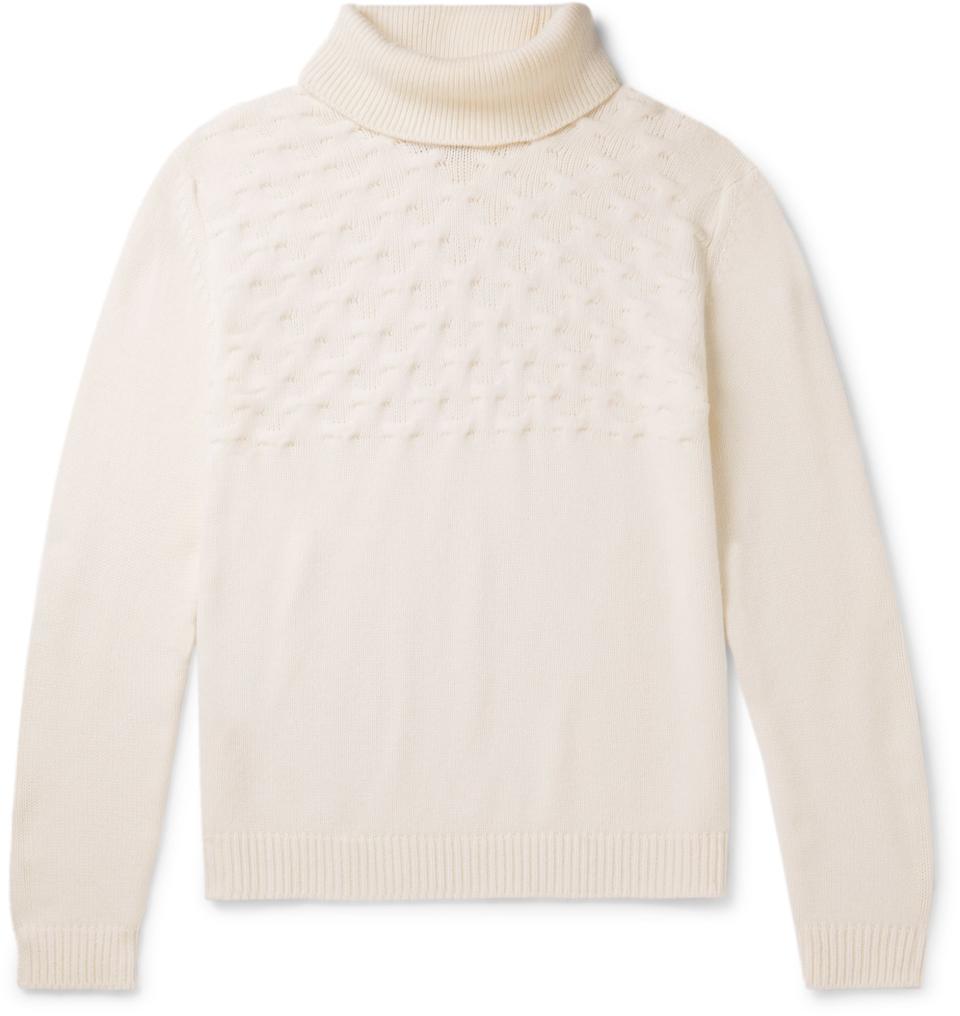
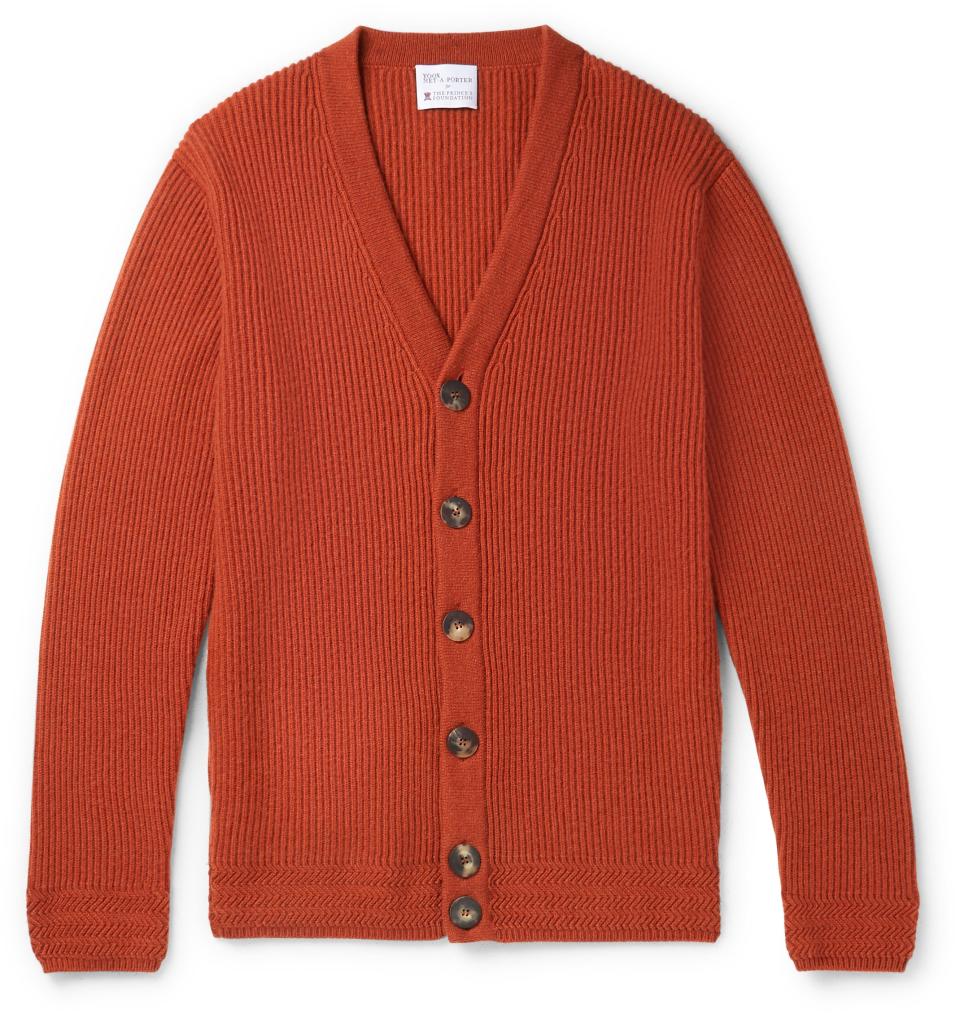
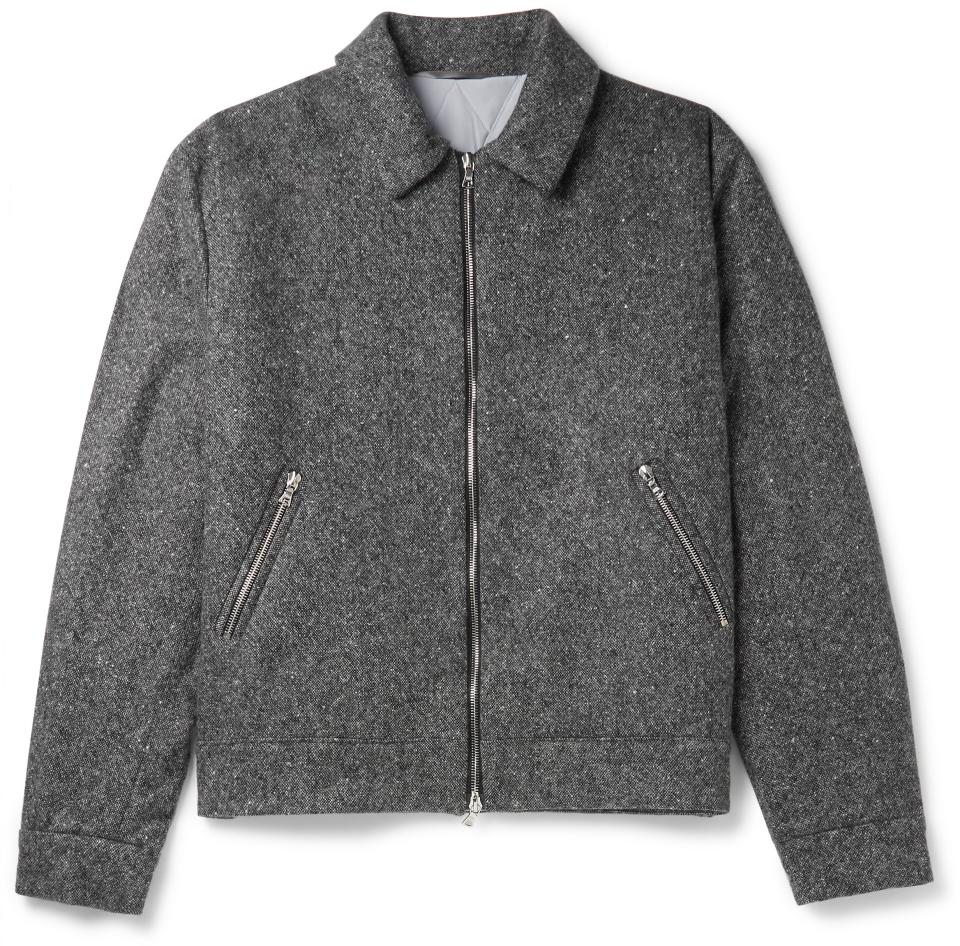
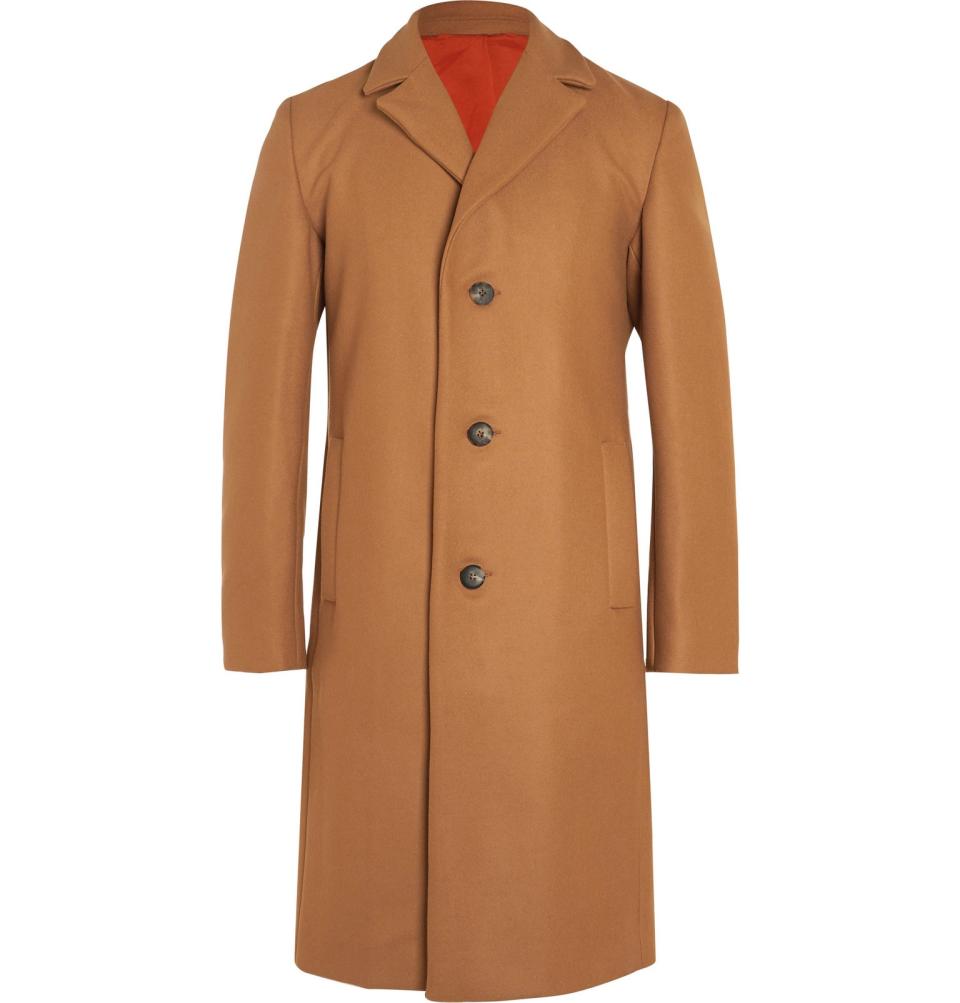
Originally Appeared on GQ

